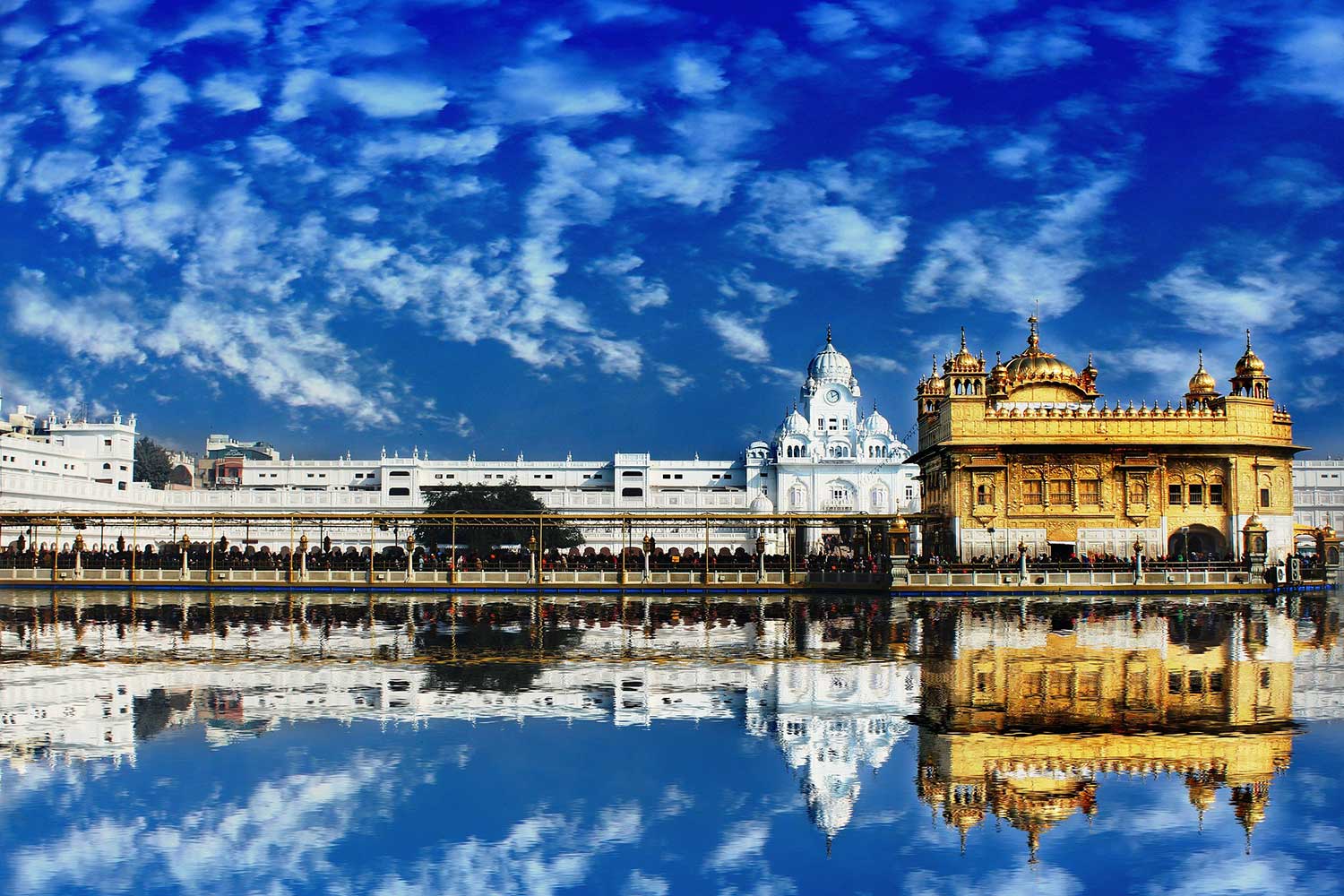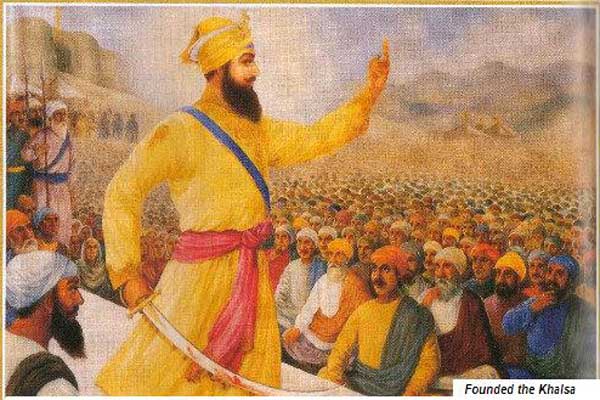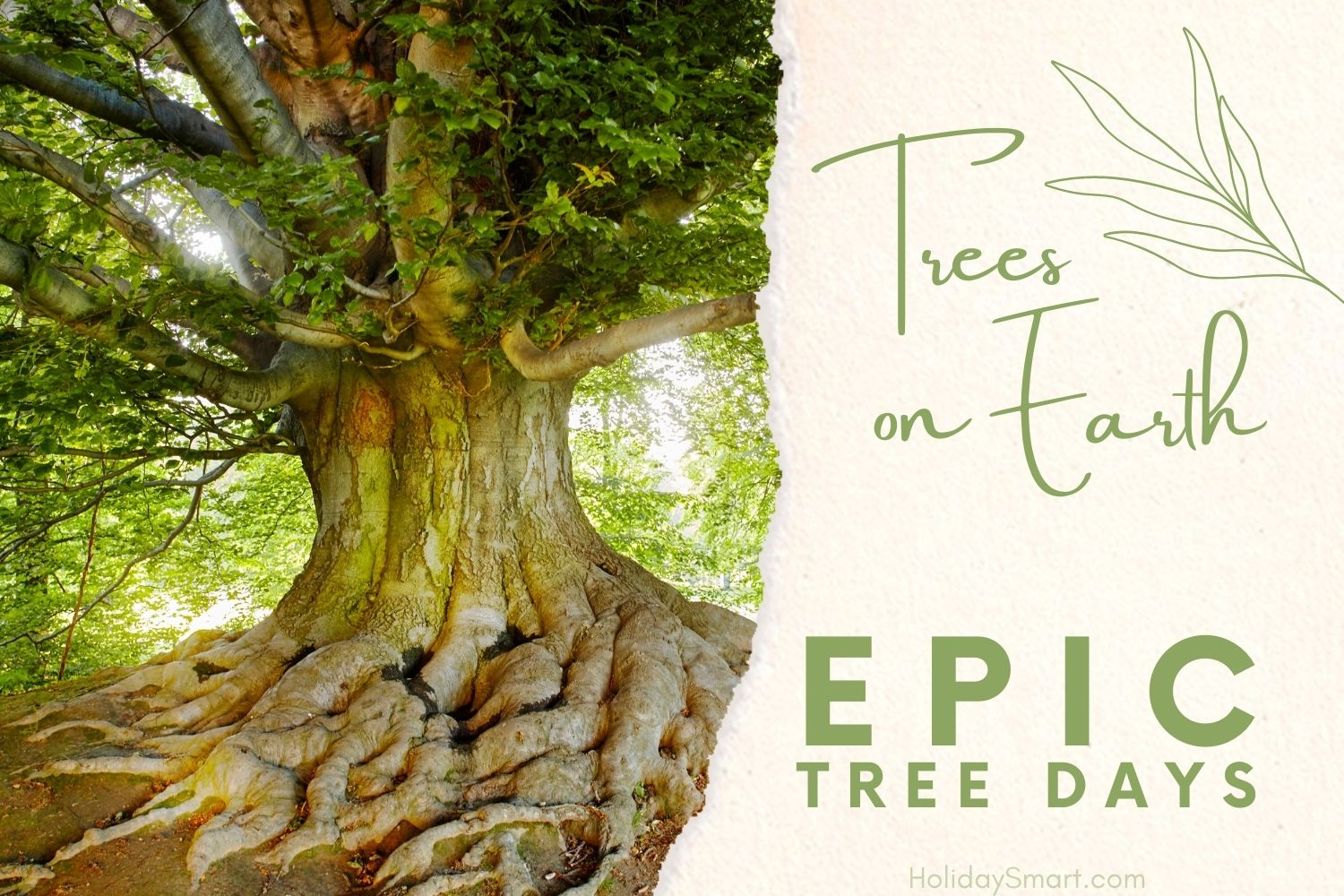Baisakh / Vaisakha

Baisakhi is also known as Vaisakhi or Vaisakhi is a historical and religious festival in Hinduism and Sikhism. This holiday in India commemorates the formation of Khalsa Panth of warriors under 10th Guru Gobind Singh Ji. This festival is considered to be one of the youngest festivals in the world and is celebrated on 13th or 14th April every year.
Baisakhi is celebrated among the Sikh community every year with a lot of devotion and enthusiasm. The history of Baisakhi began with the martyrdom of Guru Teg Bhadur, the ninth Sikh guru who was beheaded by the King Aurungzeb. King Aurungzeb wanted to spread Islam all around India, that is why he defeated the Sikh guru to capture Punjab.
After the death of Guru Teg Bhadur, Guru Gobind Singh became the 10th and the last Sikh Guru. Guru Gobind Singh wished to instill courage and strength to sacrifice among his fellow men. To fulfill his dream, Guru Gobind Singh called on the historic Baisakhi Day congregation of Sikhs at Keshgarh Sahib near Anandpur on March 30, 1699.

When thousands of people gather to take blessings from Guru Gobind Singh, he came out of the tent with an unsheathed sword. He gave a very popular and powerful speech to infuse courage amongst people. At the end of the speech, he said that every great deed comes after great scarify and anyone who can give their life to earn that deed can come forward. The Guruji took the first person to stand out inside the tent and came out alone with a bloodied sword. He did that four times to a total of five people who stand out to scarify for the deed. People were shocked as they believed that Guruji has killed all five people. FGuruji later asked all the men to come out of the tent, every one of them was wearing a turban and saffron-colored garments.
These five men were called as panj piara or ‘beloved 5’ by the Guru. The Guru blessed them with a Pahul ceremony. In an iron vessel, the Guru stirred with a sword called Khanda Sahib, the batasha that his wife, Mata Sundari Ji had put into water. The congregation recited verses from scriptures as the Guru performed the sacred ceremony. The water was now considered the sacred nectar of immortality called Amrit. It was first given to the five volunteers, then drunk by the guru and later distributed amongst the crowd. With this ceremony, all those present, irrespective of caste or creed, became members of the Khalsa Pantha (the Order of the Pure Ones).
The Guru regarded the Panch Piaras as the first members of the Khalsa and the embodiment of the Guru himself. With the constitution of the Panj Pyare the high and low castes were amalgamated into one as among the original Panj Pyare, there was one Khatri, shopkeeper; one Jat, farmer; one Chhimba, calico printer; one Ghumar, water-carrier; and one Nai, a barber. The Guru gave the surname of Singh (Lion) to every Sikh and also took the name for himself. From Guru Gobind Rai he became Guru Gobind Singh. This was seen as a great step in national integration because society at that time was divided based on religion, caste and social status.
Guru Gobind Singh also bestowed on Khalsa, the unique Sikh identity. He directed Sikhs to wear five K's: Kesh or long hair, Kangha or comb, Kripan or dagger, Kachha or shorts, and a Kara or bracelet. Guru Gobind Singh also discontinued the tradition of Gurus and asked all Sikhs to accept the Grantha Sahib as their eternal guide. He urged them to come to him with their hair and beard unshorn to get baptized by the sword.




